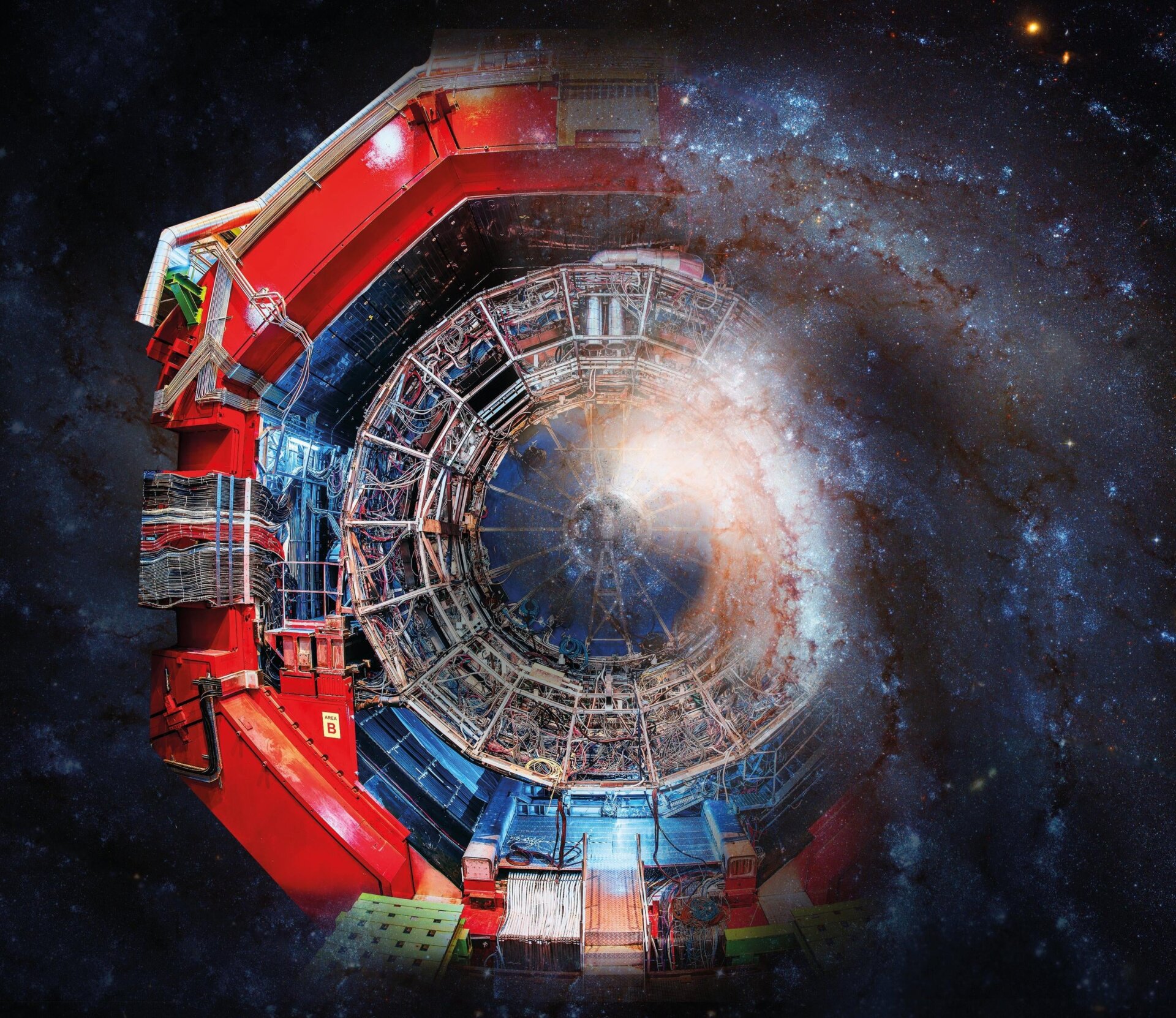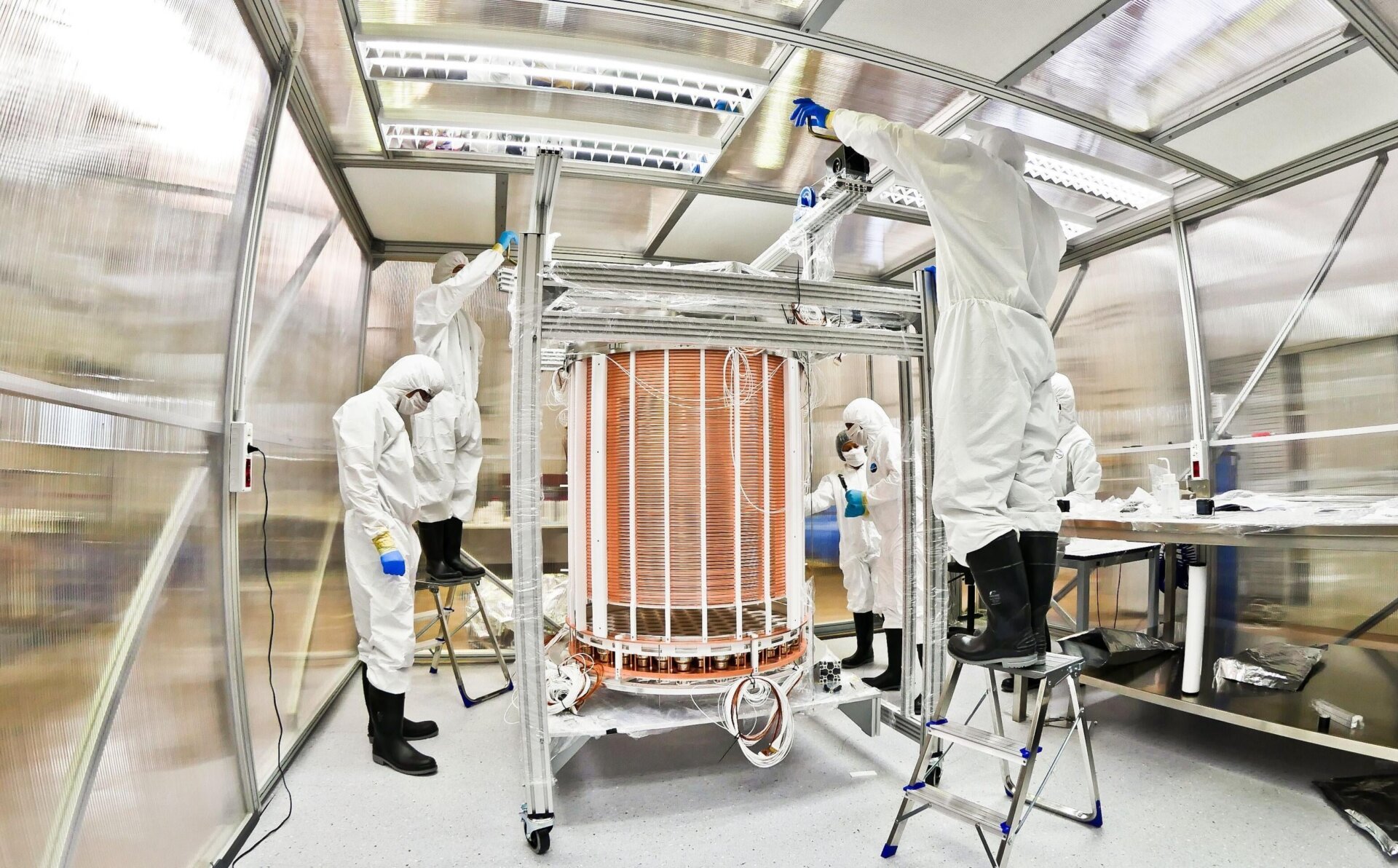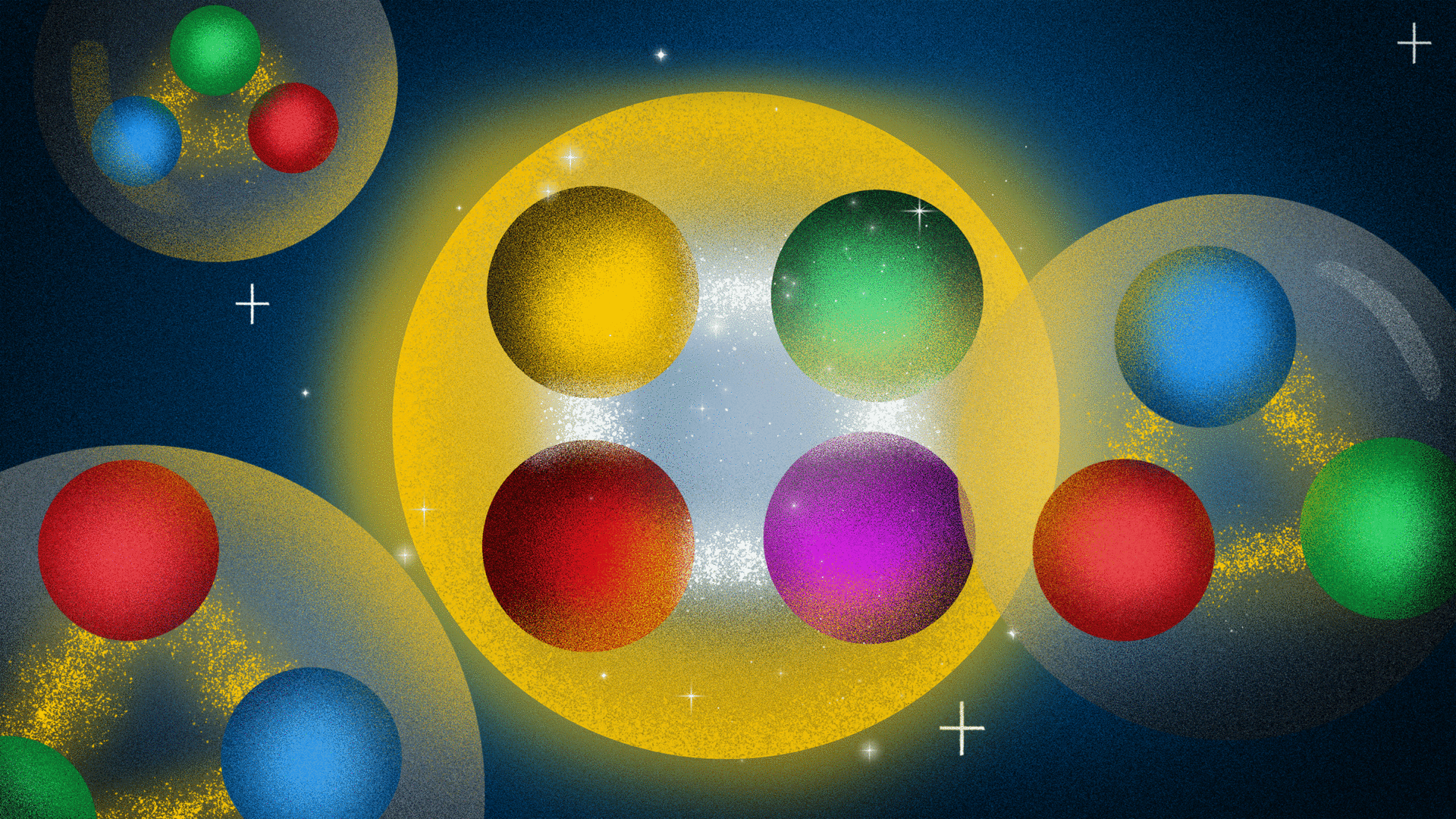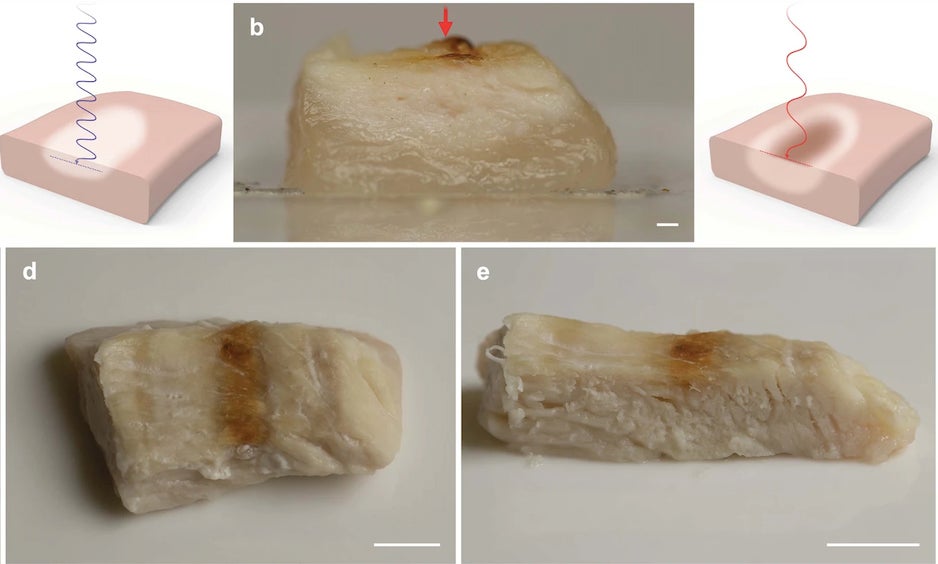Antimatter, the elusive mirror image of ordinary matter, has long captivated scientists. A recent study by the ALICE Collaboration at CERN has shed light on the ability of antinuclei to traverse vast cosmic distances, potentially offering a new avenue for detecting dark matter. This groundbreaking research indicates that the Milky Way is surprisingly transparent to these antiparticles, increasing the likelihood of their detection near Earth.
The ALICE experiment, situated at the Large Hadron Collider, focused on antihelium-3 nuclei, isotopes of helium’s antimatter counterpart. The team sought to quantify the rate at which these antinuclei are absorbed when they encounter ordinary matter, a crucial factor in determining their detectability. Their findings, published in Nature Physics, reveal a significant degree of transparency within our galaxy.
 An artist’s conception of ALICE (left) and the Milky Way galaxy (right).An artist’s depiction of the ALICE detector at CERN and the Milky Way galaxy. Illustration: ORIGINS Cluster, Technical University Munich
An artist’s conception of ALICE (left) and the Milky Way galaxy (right).An artist’s depiction of the ALICE detector at CERN and the Milky Way galaxy. Illustration: ORIGINS Cluster, Technical University Munich
This transparency is not about the sheer distance antimatter can travel, but rather the probability of its survival during its journey. As Laura Šerkšnytė, a physicist at Technische Universität Munchen and a member of the ALICE Collaboration, explains, the key question is “how many of the produced antihelium-3 would reach the detectors.” The study’s results provide crucial information for interpreting data from cosmic antinuclei detectors like the Alpha Magnetic Spectrometer (AMS) experiment on the International Space Station and the upcoming General Antiparticle Spectrometer (GAPS) balloon experiment.
The universe, at its inception, theoretically should have produced equal amounts of matter and antimatter. However, our current reality is a matter-dominated universe. This asymmetry poses a fundamental question in physics. The search for antimatter and understanding its interactions with ordinary matter could hold the key to unraveling this mystery.
Several potential sources of antinuclei exist in the cosmos. High-energy cosmic ray collisions with interstellar atoms are one possibility. Another, central to the recent study, is the annihilation of Weakly Interacting Massive Particles (WIMPs), a hypothetical form of dark matter. A more exotic theory proposes the existence of antistars, stars composed entirely of antimatter.
 A diagram showing how antimatter particles can travel through the Milky Way.Conceptual diagram illustrating the pathways of antimatter particles through the interstellar medium of the Milky Way.
A diagram showing how antimatter particles can travel through the Milky Way.Conceptual diagram illustrating the pathways of antimatter particles through the interstellar medium of the Milky Way.
Antinuclei originating from cosmic ray interactions possess higher energies than those produced by dark matter annihilation. While the detection of cosmic light antinuclei remains elusive, experiments like ALICE provide valuable insights by recreating these processes in a controlled environment.
The ALICE Collaboration modeled the Milky Way’s transparency to antinuclei from both dark matter WIMPs and cosmic ray collisions. They found a 50% transparency for the dark matter model and 25% to 90% for the cosmic ray model. This suggests antihelium-3 nuclei can travel thousands of light-years without being absorbed.
These findings are encouraging for detectors like AMS and GAPS. AMS has already amassed data from billions of cosmic ray events, providing a vast dataset to search for antimatter signatures. GAPS, scheduled for launch in late 2023, could independently verify any antihelium detections made by AMS.
This research is a vital step forward. Understanding the behavior of antimatter in the interstellar medium is crucial for interpreting data from cosmic ray detectors and ultimately, for advancing our understanding of dark matter and the fundamental nature of the universe. The research lays the groundwork for future discoveries, offering a new hope in the quest to unlock the secrets of the cosmos.











